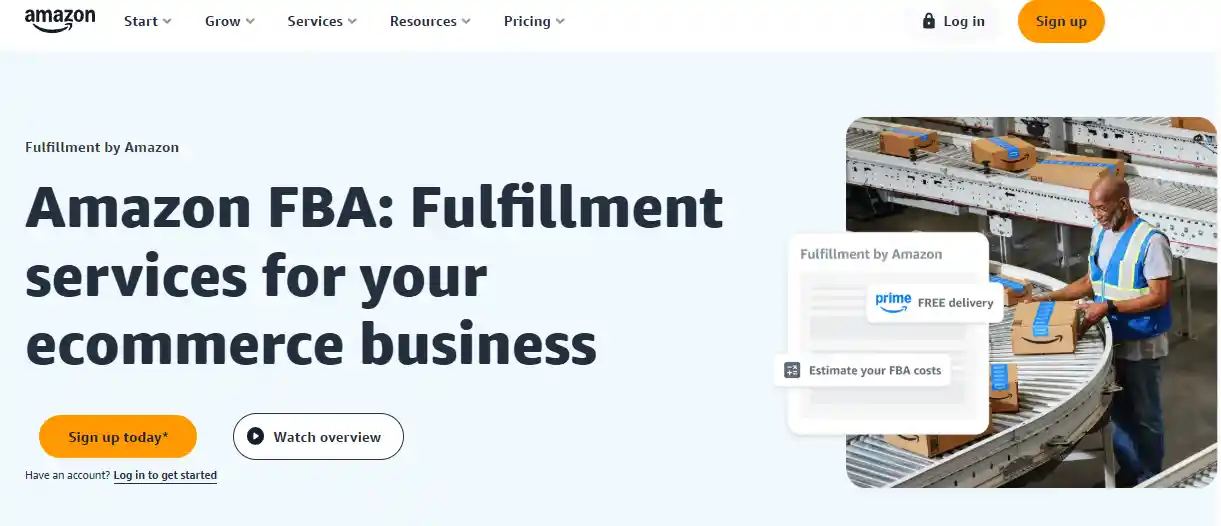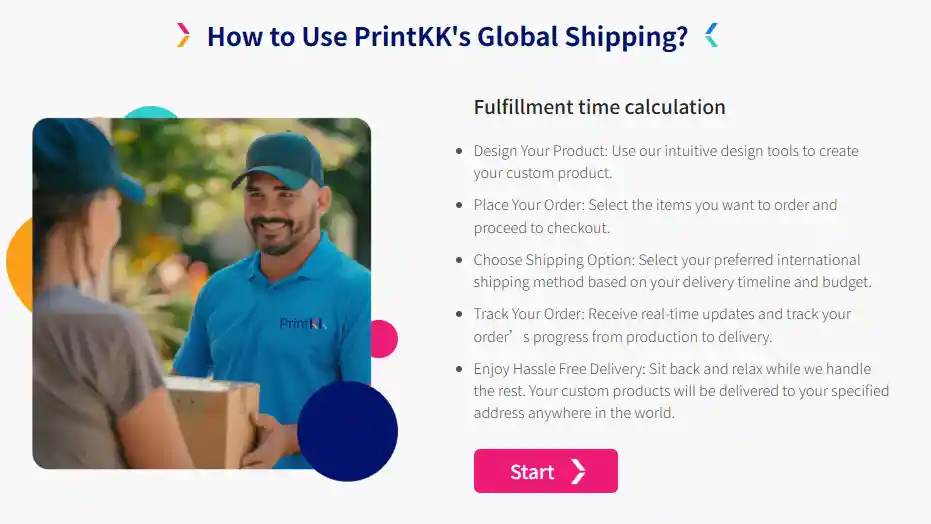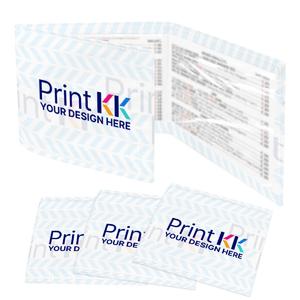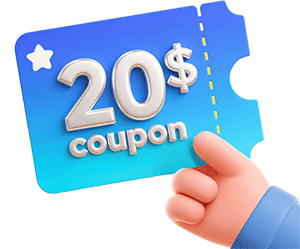
The debate between Amazon FBA and dropshipping has been going on for years. Both have their own set of advantages and challenges, but which one truly stands out?
In this article, we'll break down the key differences and help you figure out which model works best for your business in 2026. Whether you're just starting out or looking to scale your e-commerce business, we'll guide you to the best choice.
Get ready to make the smartest decision for your business and start boosting your profits with the right model!
What Is Amazon FBA?
Imagine sending your products to Amazon, then letting them handle the rest. That's Fulfillment by Amazon (FBA). You ship inventory to Amazon's warehouses. They store it, pack orders, and ship to customers.

Here's how it works:
- You send products to an Amazon fulfillment center
- Customers order your items on Amazon (or your own website)
- Amazon handles storage, packing, shipping
- They manage returns and customer service
You pay for:
- Monthly storage fees (based on product size)
- Fulfillment fees (per-item charges)
- Optional services like labeling
Scale without renting a warehouse. But watch your costs. Storing slow-moving inventory for months? Those fees add up fast.
FBA works best when you:
- Sell small/lightweight products
- Have consistent sales velocity
- Want Prime's "fast shipping" badge
Think of it as outsourcing your logistics – but with strict rules. Master those, and Amazon becomes your global shipping department.
Pros and Cons of Amazon FBA
Here's a quick look at the good and not-so-good sides of Amazon FBA for you in 2026. Check the table below to see how it fits your plans.
Pros | Cons |
You get fast shipping with Amazon Prime. | You need a bigger budget to start. |
Amazon handles packing and shipping for you. | You hold inventory, which can be risky if items don't sell. |
Your products reach more customers on Amazon. | Fees for storage and shipping can add up. |
You can focus on growing your business. | Competing with big sellers is tough without reviews. |
Amazon helps with customer service. | You wait longer for inventory to arrive. |
FBA offers you convenience and a big audience. The quick shipping and Prime label attract buyers. Amazon takes care of the hard stuff like packing.
But it costs more to begin. You'll need cash for products and fees. Inventory might sit if sales are slow. New sellers face challenges with reviews and competition. Still, it's a solid choice if you're ready to invest time and money to grow.
What Is Dropshipping?
When you sell a product, your dropshipping supplier ships it directly to the customer. That's dropshipping. No inventory. No warehouse. Just you, a website, and suppliers.

Here's the flow:
- You list products online (like yoga mats or phone cases)
- A customer buys from your store
- Your supplier gets the order details
- They pack and ship it under your brand
You pay for:
- Product cost (paid to suppliers)
- Shipping fees
- Platform fees (like Shopify or BigCommerce)
Low startup costs. But control slips through your fingers. Wrong item shipped? Delayed delivery? Customers blame you, not the supplier. One store owner lost 50% repeat buyers after shipping errors from a "reliable" partner.
Dropshipping works when you:
- Test trending products quickly
- Want location flexibility (work from anywhere)
- Accept lower profit margins
Choose suppliers carefully, because your reputation rides on their reliability.
Pros and Cons of Dropshipping
Here's a simple table to show you the good and tough parts of dropshipping in 2026. It'll help you decide if it's right for your business.
Pros | Cons |
You start with a small budget. | Shipping times are slower, often 8-12 days. |
You don't hold inventory or stock. | Your profit margins can be lower. |
Suppliers handle shipping for you. | You might face unreliable suppliers. |
You can test products without big risks. | Customers may choose Amazon for faster delivery. |
You set up quickly on platforms like Shopify. | You compete with many similar stores online. |
Dropshipping lets you begin with less money. You don't need to buy products upfront, so there's no risk of unsold stock. Suppliers ship items for you, making it easy to start. You can try out products to see what sells.
But shipping takes longer, which might turn off buyers. Profits are smaller, and some suppliers can be tricky. Still, it's a great way to learn and grow your store.
How Much Do You Really Need for FBA Startup?
Starting with Amazon FBA sounds exciting. But how much cash do you need? Let's break it down for 2026.
You don't always need a ton of money. Some YouTubers say $10,000 is a must. That's not true for everyone. Your starting amount depends on your plan.
If you're trying arbitrage, you can start small. Think $500. Buy fast-selling products with small profits. Reinvest all your earnings. This helps you learn Amazon without big risks.
Maybe you want to buy wholesale products in the USA. You'll need more. Around $5,000 works. This covers your first batch of products and Amazon fees. It's safer than creating your own brand.
Creating your own product is different. You might need $10,000 to $20,000. It depends on your niche. This is riskier if you're new. You don't know how Amazon works yet.
Here's a tip. Start with arbitrage or wholesale first. Watch for patterns. Look at what products sell fast. Then, find a local wholesaler to source from. This builds your skills.
You'll also face Amazon fees. These include storage and shipping costs. Budget for them. They can add up fast if your products don't sell.
Don't waste money on pricey FBA courses. Some gurus charge thousands. You don't need that. You can learn for free with research.
Want a cheap option? Buy a book on FBA from Amazon. It's less than $20. Use the rest of your cash for products.
Here's a quick list to plan your budget:
- Arbitrage: $500
- Wholesale: $5,000
- Own product: $10,000-$20,000
- Extra: Amazon fees and a book for learning
Start small if you're new. Grow as you learn. This keeps your cash flow steady and your business sustainable.
Read More:

Low-Budget Beginners Should Start with Dropshipping
Got a small budget for 2026? Maybe $1,000 to $2,000? You're better off with dropshipping instead of Amazon FBA. Here's why.
Amazon FBA needs more cash. Most sellers say you need at least $10,000 to start. Why? Inventory takes time to ship. You'll need to order a second or third batch fast. Otherwise, you might run out of stock.
With just $1,000 to $2,000, FBA is tough. You might make $200 profit monthly with a $2,000 investment. That's after Amazon fees of $40 and $60 for returns. But your store has no reviews yet. Competing is hard.
Dropshipping has a lower entry point. You don't need to buy inventory upfront. Suppliers ship products for you. This means less risk if you're new. Your $1,000 can cover a Shopify store setup and some ads.
Here's what you can do with dropshipping:
- Start a Shopify store for $39/month.
- Spend $500 on ads to test products.
- Use the rest for apps or designs.
Low budget, less headache. Dropshipping lets you test products easily. If something takes off, you can try private labeling later. Then, send inventory to Amazon FBA when you have more cash, like $10,000.
FBA is great for bigger budgets. But with $1,000 to $2,000, you're not ready. You'd struggle to keep stock and compete with established sellers.
Start with dropshipping. Build your skills. Save up. Then, try FBA when you've got more to invest. This way, you grow your business without the stress of running out of money too soon.
Read More:
So, Which Is Better: Amazon FBA or Dropshipping?
This article explored Amazon FBA and dropshipping for 2026. Both have pros and cons. FBA suits you if you have cash to invest. It offers fast shipping and growth potential. Dropshipping fits a tight budget. It's low-risk and easy to start.
Choose what matches your goals. Think about time and money. Start small if you're new. Learn as you go.
Your success depends on effort. Research products. Pick a path. Both can work with hard work. You're ready now. Pick FBA or dropshipping. Build your business step by step. The future looks bright.
FAQs
Can you drop ship on Amazon?
No, Amazon doesn't prohibit drop shipping, but you need to comply with its terms. Employ approved suppliers and don't deceive customers about shipping times.
Is Amazon FBA worth it for small business?
Although yes, FBA can be worth it (if you have at least some capital and time, or are willing to put in the work). Fast shipping and a larger pool of customers are available, but the costs are higher.
Amazon FBA vs Dropshipping: Which is More Profitable?
Yes, FBA has the ability to be more profitable (higher margins). However, it also requires greater investment. With lower startup costs and no inventory, dropshipping is less risky.










 Global Shipping
Global Shipping





























